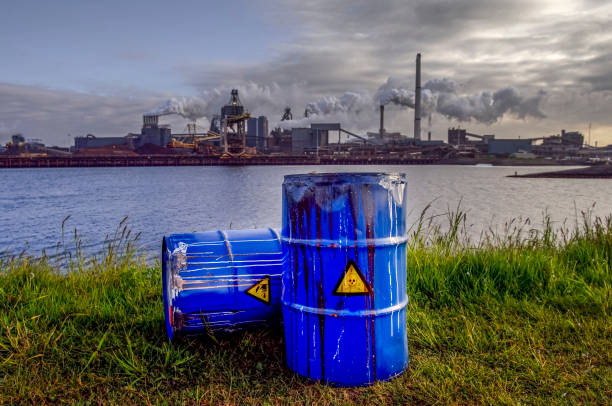Chromium

Chromium gets into our water supplies from industrial waste and erosion of natural deposits. Safe Home offers several kits that provide drinking water testing for chromium in water-based liquids.
Parameter Type: Drinking Water Testing for Volatiles
Parameter Name: Chromium
What it is and Where it Comes From:
Chromium is in the Periodic Table with the symbol Cr and atomic number 24. It is the first element in Group 6. Chromium is a steely-grey, lustrous, hard, and brittle metal which takes a high polish, resists tarnishing, and has a high melting point. The greatest use of chromium is in metal alloys such as stainless steel; protective coatings on metal; magnetic tapes; and pigments for paints, cement, paper, rubber, composition floor covering and other materials. Chromium’s soluble forms are used in wood preservatives. Drinking water testing gives you several benefits like peace of mind, identifying contaminants in your water, and insight into health concerns. Safe Home offers Laboratory drinking water testing kits for chromium, allowing you to collect your water sample and ship it directly to our EPA-Certified Laboratory. This platform of drinking water testing for chromium will give you an accurate level based on the lowest level of a parameter our instruments can detect (Method Detection Level). Safe Home drinking water testing for metals can be used for city and well water supplies. Drinking water testing should be done any time you notice a significant change in your water quality.
Health Effects:
Chromium has the potential to cause the following effects from a lifetime high exposure: damage to liver, kidney circulatory and nerve tissues; skin irritation, nausea, gastrointestinal distress, stomach ulcers, skin ulcers, reproductive problems, lung, and nasal cancer. Drinking water testing is a great way to monitor contaminates in your water system.
Solutions to Contaminant Levels:
The best way to reduce chromium is through a reverse osmosis system. It is also known that distillation and anion exchange methods are effective for reducing chromium. Reverse osmosis is a process that removes foreign contaminants, solid substances, large molecules, and minerals from water by using pressure to push it through specialized membranes. Here’s how reverse osmosis works. Unlike osmosis, which is a passive process, reverse osmosis requires external force (pressure) to work. Pressure is applied to a highly concentrated solute solution, such as salt water, to pass through a membrane to a lower concentrate solution. The membrane allows water to flow through but blocks out larger molecules, like contaminants. The reverse osmosis process leaves higher concentrations of solute on one side and only the solvent, or freshwater, on the other. Distillation or classical distillation is the process of separating the components or substances from a liquid mixture by using selective boiling and condensation. Anion exchange devices can treat either point-of-entry or point-of-use. They reduce the concentration of sulfate, nitrate, and arsenic in water. Point-of-use units are connected to a single tap and remove hazardous chemicals from drinking and cooking water only. Point of entry devices treat water for the whole household. Ion exchange replaces (or exchanges) unwanted minerals in water with less objectionable ones. Chloride and hydroxide ions are the most used materials on the resin beads. As water passes through the device, the resin adsorbs anions such as sulfate, nitrate, arsenic and bicarbonates and releases chloride into the water. The exchange occurs in a fiberglass tank or plastic-lined steel tank filled with either the resin or a synthetic zeolite. Who do I need to contact to find out more information about water quality in my area? Every community water supplier must provide an annual report to its customers, known as a Consumer Confidence Report (CCR). The report provides information on your local drinking water quality, including the water’s source, contaminants found in the water, and how consumers can get involved in protecting drinking water. How often does the local public water system preform drinking water testing? Frequency of drinking water testing depends on the number of people served, the type of water source, and types of contaminants. Certain contaminants are tested more frequently than others, as established by the Safe Drinking Water Act. You can find out about levels of regulated contaminants in your treated water for the previous calendar year in your annual Consumer Confidence Report (CCR).


